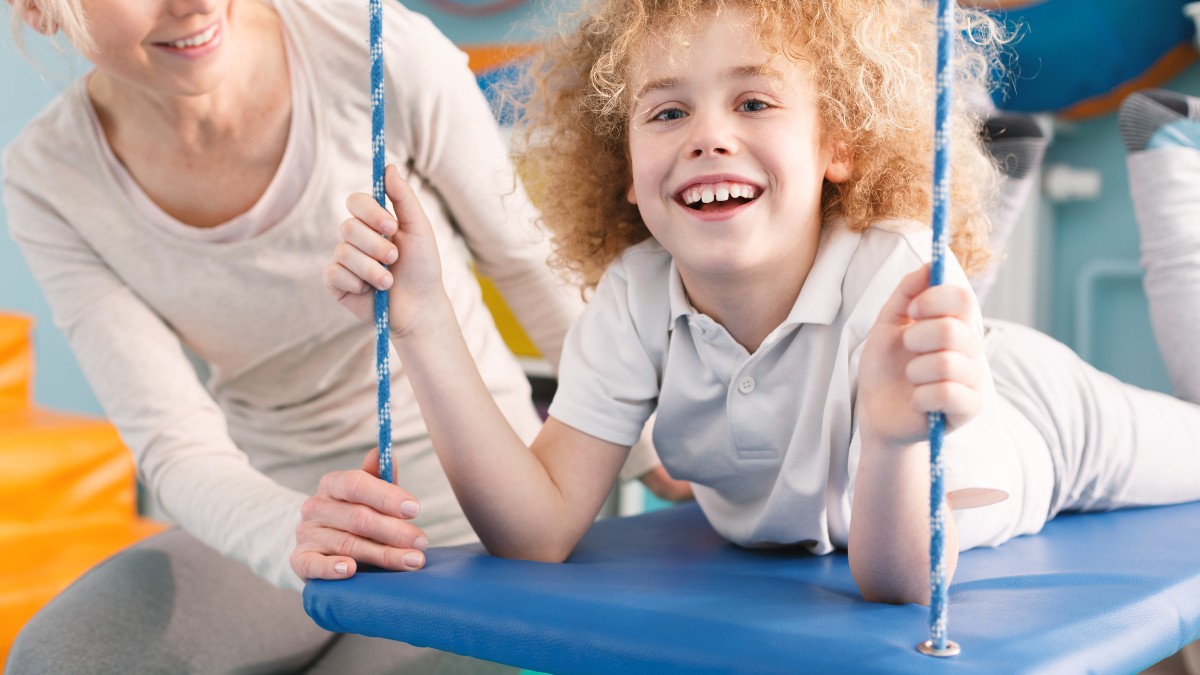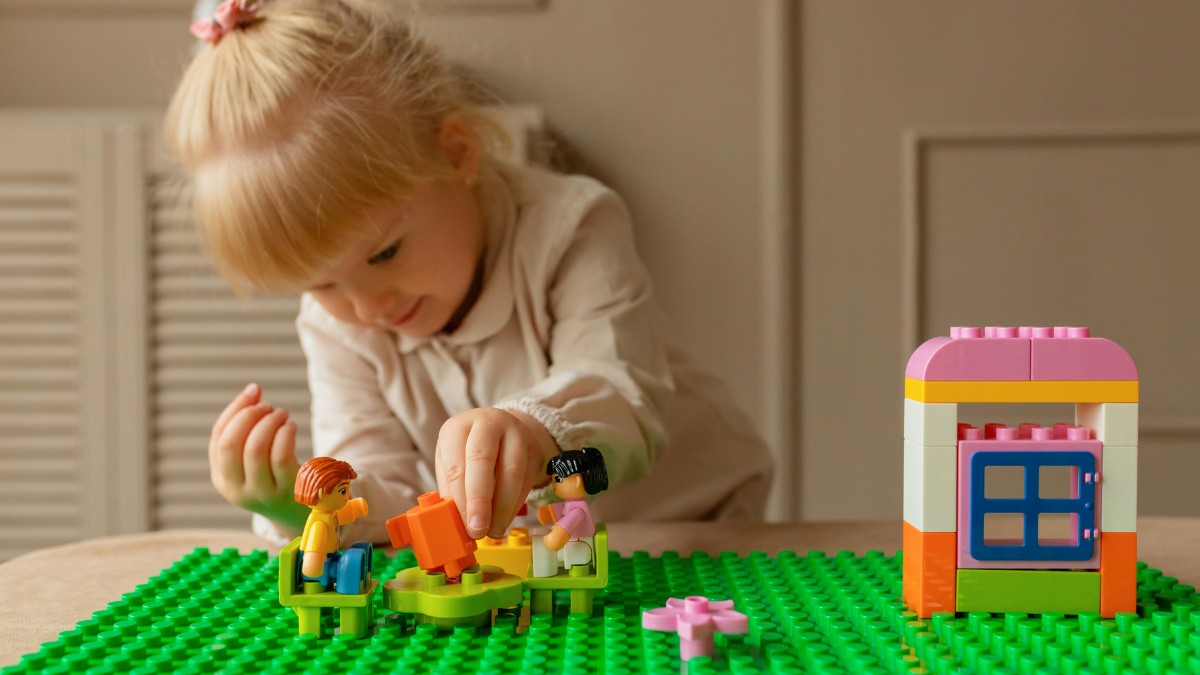Top Strategies for Managing Head-Hitting in Autism
Discover effective interventions for autism hitting head with hand: triggers, strategies, and expert support.
.avif)
Top Strategies for Managing Head-Hitting in Autism

Understanding Autism and Head-Hitting
Head-hitting is a behavior sometimes observed in individuals with autism spectrum disorder (ASD). Understanding the connection between autism and head-hitting, as well as identifying common triggers and behaviors, can be crucial for effective management and intervention.
Exploring the Connection
Autism spectrum disorder is a neurodevelopmental condition characterized by difficulties in social interaction, communication, and repetitive behaviors. Head-hitting, where an individual repeatedly strikes their head with their hand or against objects, can be one of these repetitive behaviors. This action may be a response to various internal or external stimuli and can serve multiple functions, such as self-soothing or communicating distress.
Understanding the reasons behind head-hitting in individuals with autism is important. It can involve sensory processing issues, where an individual may find certain stimuli overwhelming or understimulating, leading to self-hitting as a coping mechanism. Emotional regulation difficulties also play a role, where head-hitting might be an attempt to express or manage emotions like frustration, anxiety, or anger.
Common Triggers and Behaviors
Identifying common triggers can help caregivers and professionals develop strategies to manage head-hitting behaviors. These triggers can vary significantly from person to person but often include sensory overload, transitions, frustration due to communication challenges, and changes in routine.
Behaviors associated with head-hitting can include repetitive patterns and may vary in intensity and frequency. It is important to observe and record these behaviors to understand their context and to develop effective intervention strategies. Recognizing the signs that precede head-hitting can also help in preventing or minimizing the behavior.
Understanding these aspects of autism and head-hitting is the first step in addressing these behaviors effectively. Early intervention, supportive environments, and collaboration with professionals are crucial in creating a comprehensive plan for managing head-hitting in individuals with autism.
Importance of Early Intervention
Addressing Concerns
Early intervention plays a crucial role in addressing head-hitting behavior in children with autism. Recognizing the signs and taking proactive steps can make a significant difference in the child's development and well-being. Identifying concerns such as frequent head hitting with hand or other repetitive behaviors early on can help in managing and reducing these actions.
Immediate action is vital to mitigate potential harm and improve the child's ability to cope with triggers. Parental observation and documentation of the frequency, duration, and context of head-hitting episodes are essential steps in addressing these concerns effectively.
Seeking Professional Help
When head-hitting behaviors persist, seeking professional assistance becomes imperative. Various specialists, including pediatricians, occupational therapists, and behavioral therapists, can provide valuable insights and tailored intervention strategies.
Early consultation with these professionals enables the development of a comprehensive intervention plan. This plan often includes strategies like behavior modification, sensory integration, and social skills training, each tailored to the child's unique needs.
In summary, early intervention not only addresses immediate concerns but also sets the foundation for long-term progress. Seeking professional help ensures that the child receives the necessary support to manage and reduce head-hitting behaviors, ultimately improving their quality of life.
Strategies for Managing Head-Hitting
Managing head-hitting behavior in individuals with autism requires a comprehensive approach that includes behavior modification and enhancing communication and social skills. These strategies aim to address the underlying reasons behind the behavior and provide alternative ways to cope.
Behavior Modification Techniques
Behavior modification involves altering behavior through various methods, typically focusing on positive reinforcement to encourage desired behaviors. Techniques often used include:
- Positive Reinforcement: Rewarding desired behaviors to increase their occurrence. For instance, providing praise or a favorite activity when the individual chooses a non-harmful way to express frustration.
- Functional Behavior Assessment (FBA): Identifying the purpose behind the head-hitting behavior. Understanding if the behavior is a response to sensory overload, attention-seeking, or escape from a task helps in creating an effective intervention plan.
- Replacement Behaviors: Teaching and reinforcing alternative behaviors that serve the same function as the head-hitting. For example, if the behavior is due to sensory overload, providing a stress ball or a quiet space might help.
Communication and Social Skills Development
Enhancing communication and social skills helps individuals with autism express their needs and emotions more effectively, reducing the frustration that might lead to head-hitting.
- Augmentative and Alternative Communication (AAC): Using tools such as picture cards, communication boards, or digital devices to aid in communication, especially for non-verbal individuals or those with limited verbal skills.
- Social Stories: Providing narratives that explain social situations and appropriate behaviors. These stories help individuals understand social cues and expected responses, reducing anxiety and the likelihood of head-hitting.
- Social Skills Training: Conducting structured lessons or activities that teach specific social norms, such as taking turns during conversation, recognizing facial expressions, and understanding personal space.
By employing behavior modification techniques and focusing on communication and social skills development, caregivers and professionals can better manage head-hitting behaviors in individuals with autism, leading to improved outcomes and well-being.
Creating a Supportive Environment
For individuals with autism who engage in self-injurious behaviors such as hitting their head with their hand, creating a supportive environment is essential. A well-structured and sensory-friendly space can help manage these behaviors and promote overall well-being.
Sensory-Friendly Spaces
A sensory-friendly space can significantly reduce the likelihood of head-hitting episodes by providing a calming and safe environment. Here are some important elements to consider when designing a sensory-friendly area:
- Lighting: Soft, natural lighting helps create a soothing atmosphere. Avoid harsh, fluorescent lights that can be overstimulating.
- Sound: Minimize loud noises. Soft background music or white noise machines can be calming.
- Textures: Include various textures through soft fabrics, weighted blankets, and sensory toys to provide tactile stimulation.
- Colors: Use muted, calming colors like blues and greens which can help reduce stress and agitation.
- Organization: Keep the area organized and clutter-free to prevent sensory overload.
Consistency and Routine
Maintaining consistency and routine is critical for individuals with autism. A structured daily routine provides a sense of predictability and security, which can help manage behaviors like head-hitting. Key strategies include:
- Visual Schedules: Use visual schedules to outline the day’s activities, helping individuals understand what to expect next.
- Clear Instructions: Provide clear, simple instructions to ensure understanding and reduce anxiety.
- Consistent Responses: Respond to behaviors in a consistent manner to create predictable outcomes.
- Transitional Cues: Use verbal or visual cues to signal transitions between activities, easing the change from one task to another.
Creating a supportive environment that includes sensory-friendly spaces and consistent routines is beneficial for managing head-hitting behaviors in individuals with autism. By implementing these strategies, caregivers can help create a more calming and structured setting conducive to positive behavior and overall well-being.
Collaboration with Professionals
Effective management and support for individuals with autism, especially those exhibiting head-hitting behaviors, often require the expertise and collaboration of various professionals. Building a strong support network is essential for developing tailored strategies and ensuring the well-being of both the individual and their caregivers.
Working with Therapists
Therapists play a crucial role in providing support and intervention for individuals with autism. They utilize various techniques to address head-hitting behaviors and promote positive development. Different types of therapists may be involved, each bringing specialized skills to the table.
Types of Therapists and Their Roles
Implementing Therapy Plans
Therapists work closely with families to create individualized plans tailored to the specific needs of the person with autism. These plans often include:
- Behavior modification techniques to reduce head-hitting.
- Developing alternative communication methods.
- Enhancing social interaction skills.
Building a Support Network
A robust support network is vital for the holistic care of individuals with autism. This network can include family members, friends, educators, and healthcare professionals.
Key Elements of a Support Network
- Family Support: Immediate family members play a pivotal role in daily care and emotional support. They collaborate with professionals to implement strategies at home.
- Educational Support: Teachers and school staff provide essential support in academic and social settings. They work alongside therapists to ensure consistency.
- Healthcare Professionals: Regular consultations with pediatricians, neurologists, and other healthcare providers are essential for monitoring the individual's overall health.
- Community Programs: Local autism support groups and community programs offer resources, activities, and a sense of belonging.
Collaborating with professionals and building a comprehensive support network are fundamental steps in addressing head-hitting behaviors associated with autism. Such collaboration ensures that the individual receives holistic and effective care, promoting their overall development and well-being.
Self-Care for Caregivers
Caring for a child with autism who exhibits head-hitting behaviors can be a challenging and emotional journey. It's essential for caregivers to prioritize their own well-being to provide the best care possible.
Managing Stress and Emotions
Caregivers often experience high levels of stress and a range of emotions while managing challenging behaviors. Recognizing and addressing these feelings can significantly improve their overall well-being.
Some effective strategies for managing stress and emotions include:
- Regular Exercise: Physical activity can help reduce stress levels and improve mood.
- Mindfulness and Relaxation Techniques: Practices such as deep breathing, meditation, and yoga can help caregivers manage anxiety and remain calm in stressful situations.
- Support Groups: Connecting with other caregivers who understand the challenges can provide emotional support and practical advice.
- Professional Counseling: Speaking with a mental health professional can offer strategies for coping with stress and emotions.
Taking Care of Yourself
Self-care is crucial for caregivers to maintain their energy and emotional resilience. Ensuring that their own needs are met allows caregivers to provide the best support for their loved ones.
Key self-care practices include:
- Healthy Eating: Maintaining a balanced diet helps keep energy levels stable and supports overall health.
- Adequate Sleep: Getting enough rest is essential for physical and mental well-being.
- Personal Time: Taking breaks and engaging in hobbies or interests outside of caregiving can provide a necessary mental respite.
- Healthcare: Regular check-ups and addressing any medical concerns promptly ensure that caregivers remain in good health.
By integrating these self-care practices into their routine, caregivers can better manage the demands of supporting a child with autism who engages in head-hitting behaviors. Their well-being is of utmost importance to ensuring ongoing, effective care.
Sources
https://www.abtaba.com/head-banging-autism
https://www.autismparentingmagazine.com/autism-self-harm
https://www.crossrivertherapy.com/head-banging-autism














